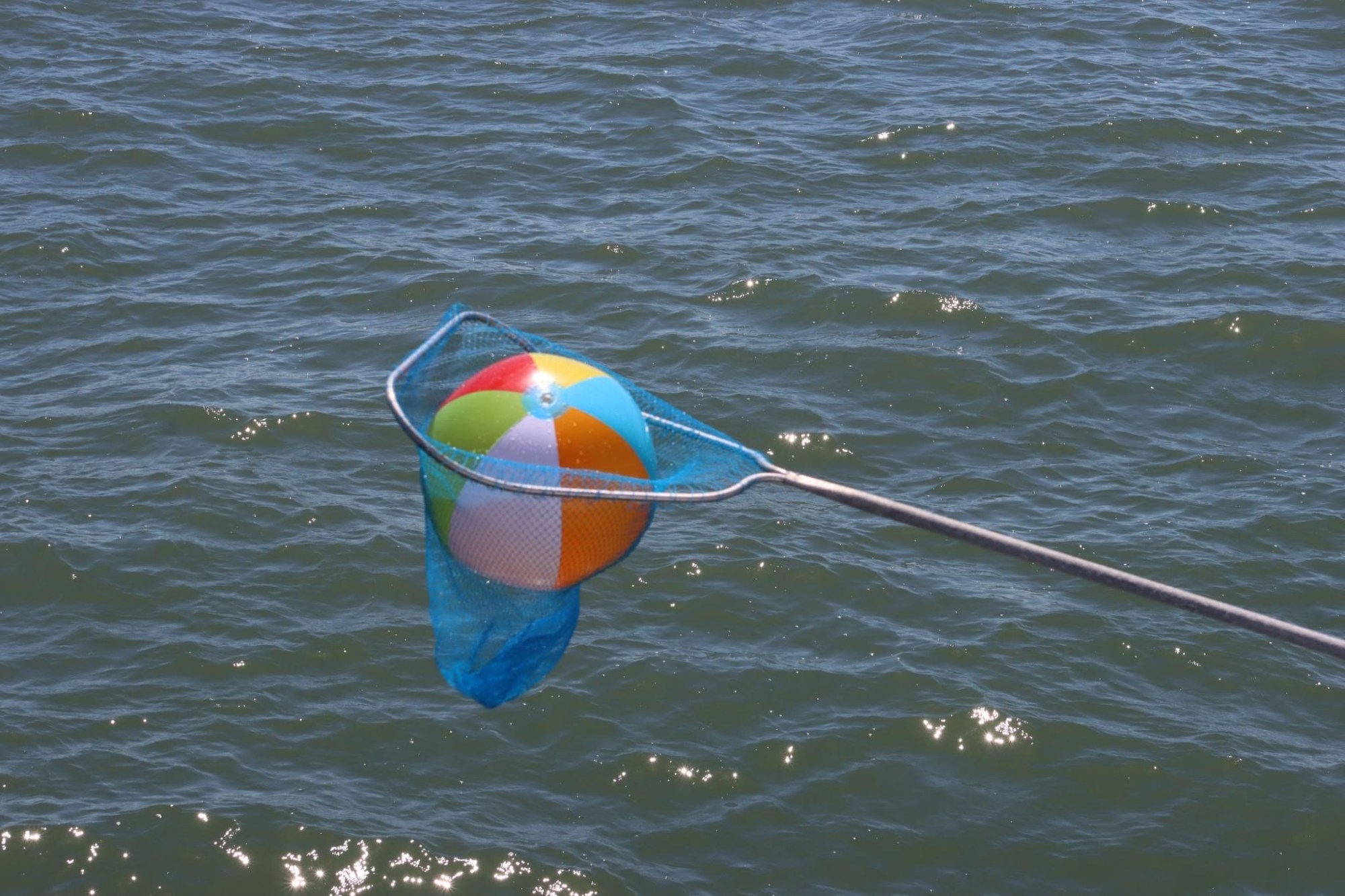Three Simple Ways to Do Your Part

If you are anything like me, your social media feed may be flooded with the dire state of our oceans. While this fact is rather unsettling, all hope is not lost. In fact, there are three simple lifestyle changes you can make that would have an immediate positive impact on our oceans.
- Switch to a Reusable Water Bottle!
According to Sentient Media, “Plastic pollution has achieved such an enormous scale that it is now referred to as a pandemic” (2021). Every day, corporations, companies, and individuals discard a copious amount of plastic. If you take a moment to consider it, how often are you throwing away a plastic water bottle, food container, or packaging? In most cases, this waste ends up in our oceans. In fact, “a dump-truck load worth of plastic is dumped into the ocean every single minute” (Sentient Media, 2021). You may be wondering how plastic adversely affects the ocean and its inhabitants. Marine wildlife confuses plastic for prey, which their bodies cannot break down. Therefore, they feel “full” without being nutritionally satisfied, causing them to die of starvation (Bryce). Marine wildlife can also become entangled in plastic, causing injuries, infections, and death (Bryce). If you feel it is manageable to switch to a reusable water bottle, perhaps you could consider switching to tote bags, reusable food containers, and other sources of more sustainable packaging.
Figure 1. Unnecessary plastic pollution lining the beach, a common sight on various shorelines1.
- Shop Sustainability for Clothes! (And food, too!)
As a whole, shopping sustainably supports companies who are committed to recycling, energy efficiency, reducing pollution, and product biodegradability. According to Lindsay Christinee of The Wellness Feed, “…the fashion industry has developed a reputation for its slew of problems around waste, pollution and unethical standards” (2020). In other words, many of our favorite brands are contributing to water waste, water pollution, and microplastic pollution (Christinee, 2020). From a food standpoint, the commercial fishing industry has developed a similar reputation, for many of the same reasons. Commercial fisheries are guilty of contributing to water pollution, overfishing, and abandoning their fishing gear at sea (Hall, 2018). Microplastics have similar effects on marine wildlife as plastic itself. Simply stated, microplastics are fragments of larger pieces of plastic pollution. Additionally, overfishing prevents fish populations from reproducing and replenishing (Hall, 2018). Abandoned fishing gear becomes known as ghost gear, which has the ability to continue entrapping marine wildlife (Hall, 2018). If you feel it is manageable to splurge on sustainable fashion, perhaps you could also consider splurging on sustainable food, especially when it comes to seafood.
Figure 2. A sustainably sourced clothing item from a brand that plans to stop micro waste1.
- Secure a Ride!
It is no secret that corporations, companies, and individuals are emitting dangerous amounts of carbon dioxide every day. If you take a moment to consider it, how often are you driving to work, picking up a family member, or running to grab a morning coffee? In all of these instances, you are emitting carbon dioxide into our atmosphere. According to NOAA, “The ocean absorbs about 30% of the carbon dioxide that is released in the atmosphere” (2020). When the ocean absorbs this high concentration of carbon dioxide, it becomes more acidic through a series of chemical reactions. In turn, shell-building marine life is severely harmed, as they are unable to utilize other chemicals naturally found in the water (NOAA, 2020). Non shell-building marine life is also affected by increased levels of carbon dioxide. In fact, many organisms have been found to struggle detecting predators and suitable habitat in highly acidic environments (NOAA, 2020). If you feel it is manageable to start carpooling to work, perhaps you could consider carpooling to school, practices, and games, especially when lots of families are involved.
Figure 3. Two friends working together to clear a coastal area of plastic pollution1.
If these three simple lifestyle changes have left you feeling inspired, below is an infographic detailing multiple others that would have an immediate positive impact on our oceans.
Figure 4. Obtained from NOAA6.
While it is easy to feel pessimistic about the state of our oceans, all hope is not lost. In fact, certain conservation efforts are paying off, commercial fisheries are becoming much better managed, and progress is being made in the global struggle against pollution. As individuals, it is our responsibility to make small changes, such as switching to reusable water bottles, making conscious efforts to shop sustainability, and reducing the amount of carbon dioxide we emit. Through doing so, optimism is cultivated, and with optimism, comes even more action.
-Kerstin Axe, Intern at Cape May Whale Watch and Research Center
Stockton University ’23
References
- Blogger, G. (2022, March 10). 8 easy ways you can help save the ocean. PADI. https://blog.padi.com/easy-ways-you-can-help-improve-water-quality/
- Bryce, E. (2020, June 30). How does plastic pollution affect the ocean? China Dialogue Ocean. https://chinadialogueocean.net/en/pollution/14200-how-does-plastic-pollution-affect-the-ocean/
- Christinee, L. (2020, November 5). Here’s how sustainable brands are protecting the ocean & you can too. The Wellness Feed. https://thewellnessfeed.com/sustainable-brands-protecting-the-ocean/
- Hall, D. (2018, April 30). Sustainable fishing. Smithsonian Ocean. https://ocean.si.edu/conservation/fishing/sustainable-fishing
- Media, S. (2021, January 8). Ocean pollution: How human activity impacts the ocean. Sentient Media. https://sentientmedia.org/ocean-pollution/
NOAA. (2020, April 1). Ocean acidification. NOAA. https://www.noaa.gov/education/resource-collections/ocean-coasts/ocean-acidification
